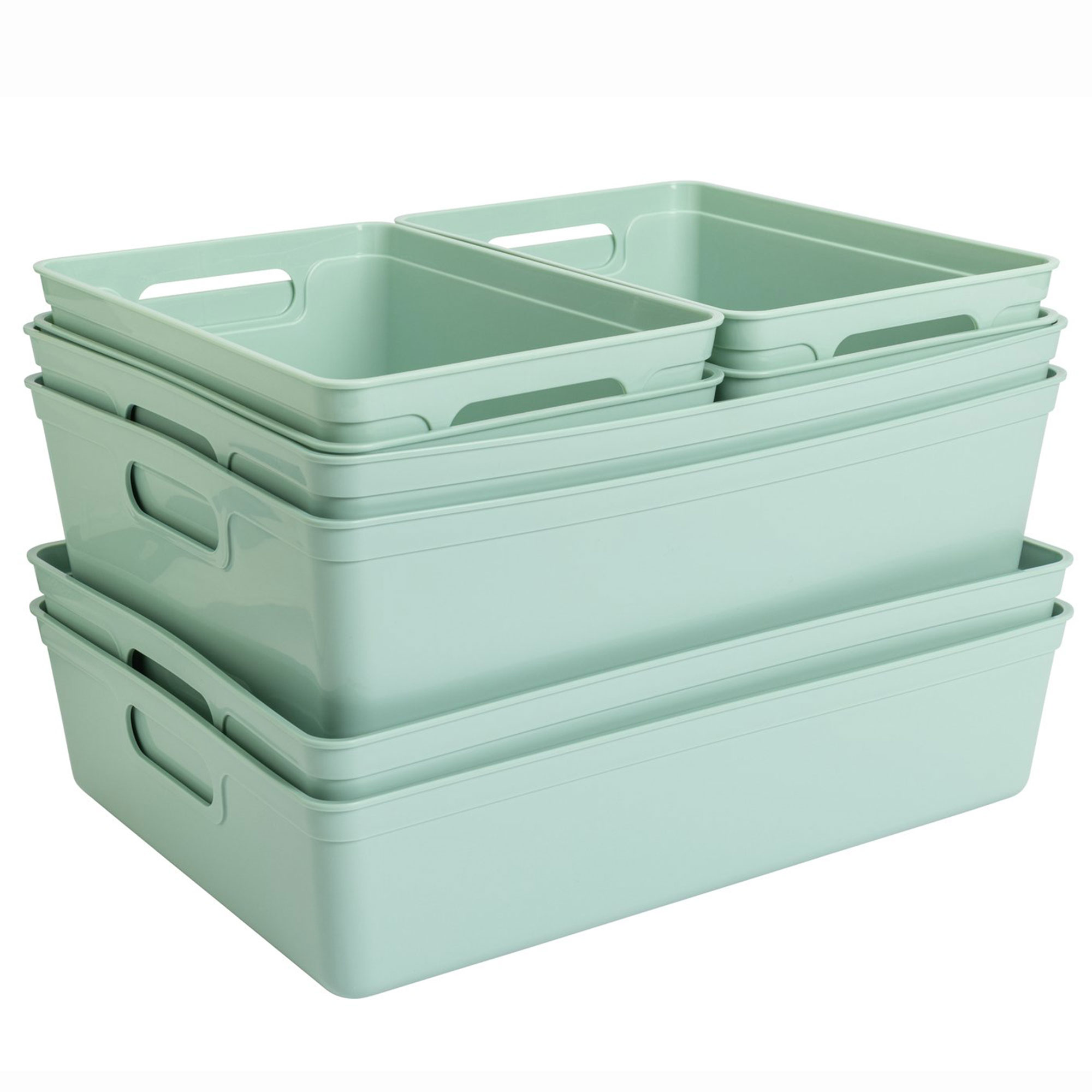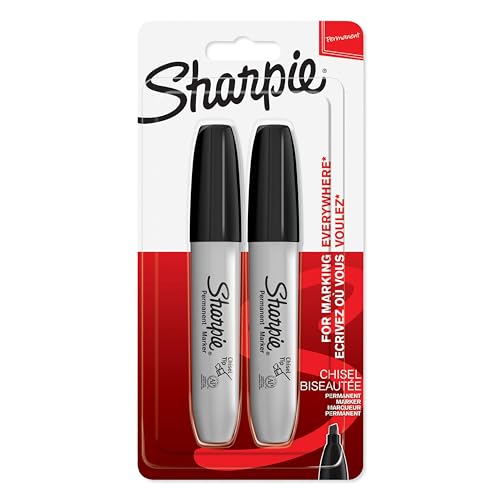15 decluttering methods – expert-approved, tried and tested techniques that really work
From the 50/50 rule to Swedish death cleaning, we take a look at the clutter busters that really work

Emma Rinaldi
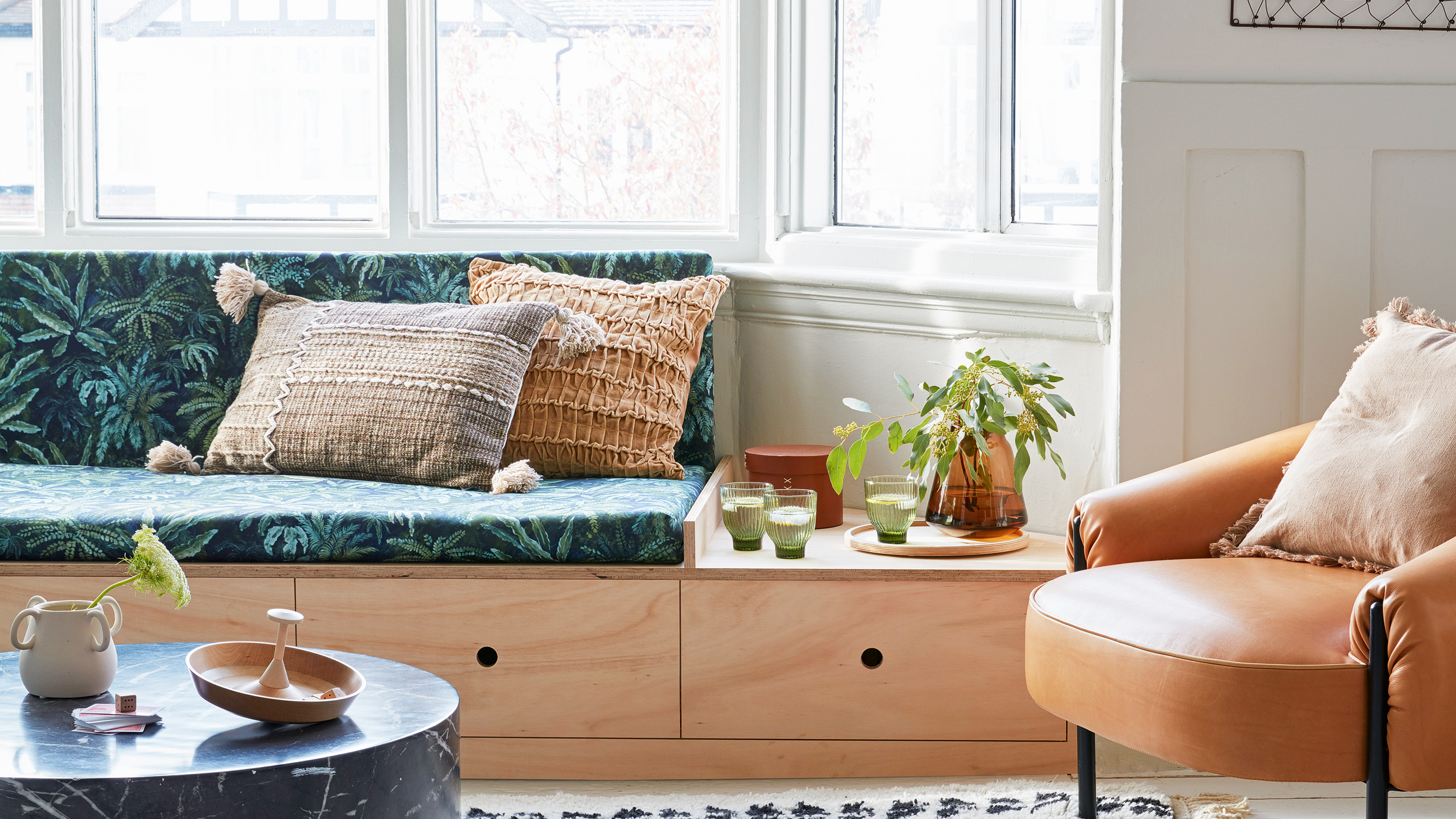
- 1. The one-touch rule
- 2. The 20/20 rule
- 3. The 12:12:12 method
- 4. The one in/one out rule
- 5. The 50/50 rule
- 6. The four-box approach
- 8. The move out method
- 8. Swedish art of Death Cleaning
- 9. The Clutter Countdown
- 10. The chaos method
- 11. The 'packing party' method
- 12. The 'didn't know' method
- 13. The 333 method
- 14. The 1-3-5 method
- 15. The delivery box decluttering method
Clear surfaces, organised drawers, everything in its rightful place… it’s the absolute dream. But in reality, excess clutter makes feel this near impossible. Step forward our list of decluttering methods – one of which is sure to inspire you to tackle unwanted items once and for all.
In a world where we’re constantly inundated with ‘stuff,’ finding the time and motivation to declutter can feel overwhelming. But fear not – these tried-and-tested methods will help you let go of the unnecessary, from the KonMari method to the four-box technique.
At the core of every decluttering method is finding a way to make tackling a decluttering checklist as easy as possible. ‘If you’re struggling to decide what items should stay or go, think about whether they bring you joy or conjure up a happy memory. If the answer is no, then it needs to go,' demonstrates Catharina Björkman, Scandi interiors expert at Contura.
What are the best decluttering methods?
First, it’s important to accept that sorting through years’ worth of excess clutter is a big job, hence why you’ve probably put it off for so long. Awa Njie, Senior psychological wellbeing practitioner at mental health charity consortium Living Well UK suggests that in order to tackle decluttering, we need to change our way of thinking about it. This should help you unlock the benefits of decluttering by making it easier to tackle.
‘Instead of associating it with cleaning, admin, or other household chores, make it a part of your self-care routine,' she says. 'Aligning decluttering with going for a walk, listening to music, making plans to see friends, meditating, and other self-care will not only make it more frequent, but it will remove the chore-like stigma surrounding it and make it easier to approach.'
To help you on your path to a clutter-free home, we spoke to a selection of experts to narrow down the absolute best 10 decluttering methods out there. Now all you need to do is choose the one that will work for you and your home.
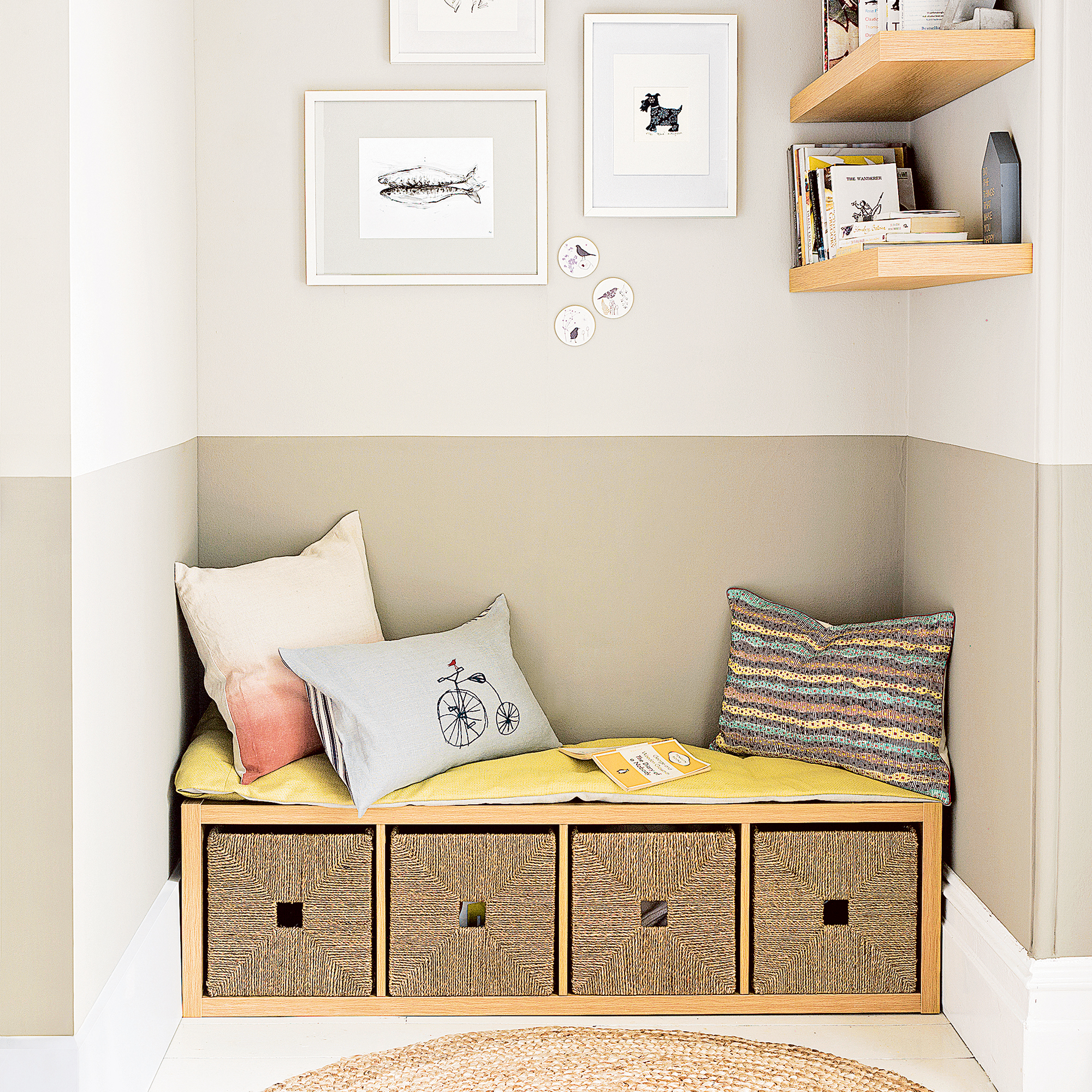
1. The one-touch rule
2. The 20/20 rule
Camilla Lesser, development manager at Essential Living suggests keeping on top of clutter by putting things away immediately.
Sign up to our newsletter for style inspiration, real homes, project and garden advice and shopping know-how
‘Many of us will place something on the side rather than storing it properly, but this can lead to mess building up which can make tidying seem like a big chore,’ she tells us. But the one-touch method puts an end to that.
‘The whole idea revolves around putting things back where they belong the moment you finish using them and making this a daily habit. This technique means rather than touching the items a second time to put them back where they belong, you do it straight away,’ Camilla explains.
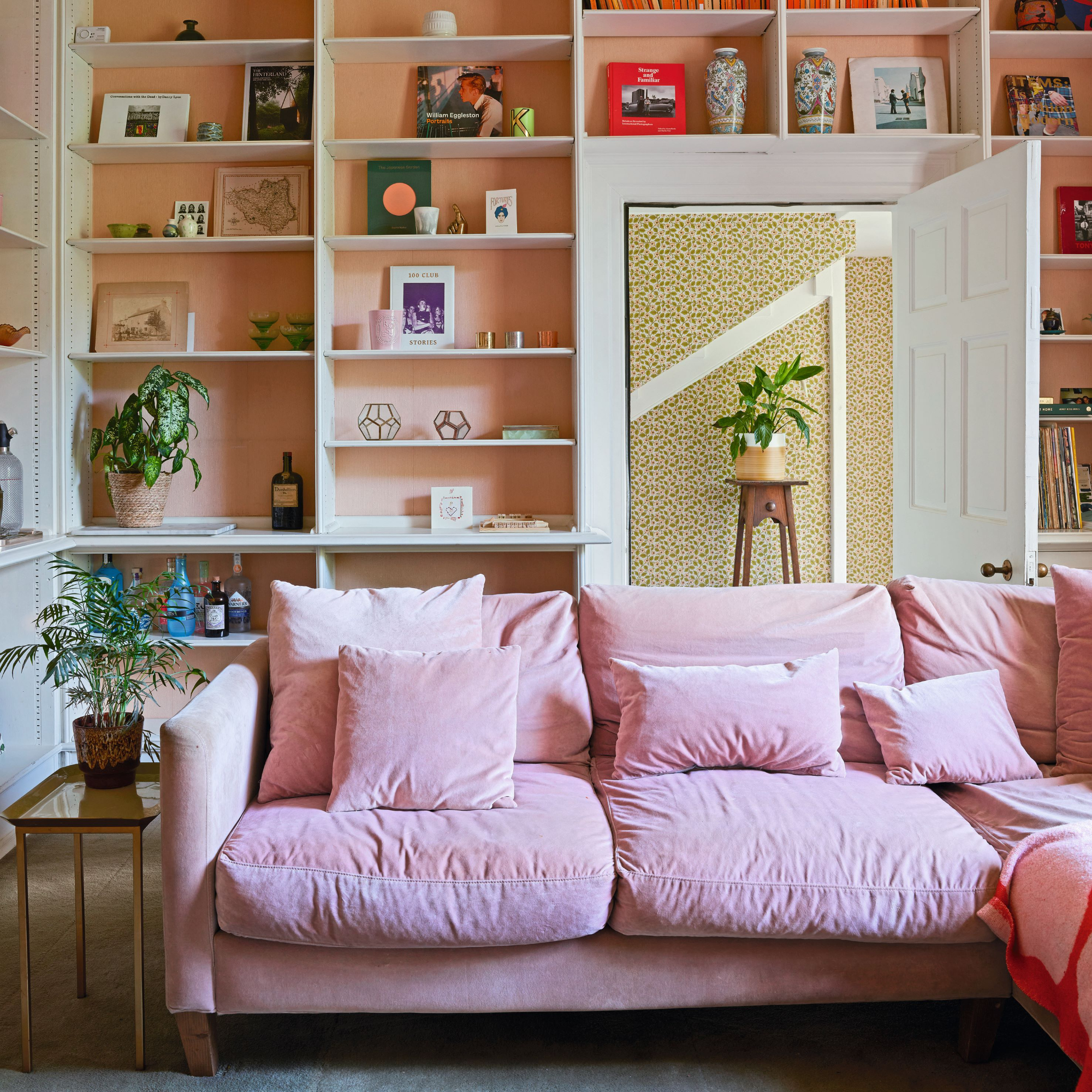
Created by Joshua Fields Millburn and Ryan Nicodemus from The Minimalists, the 20/20 rule makes you think about how valuable excess items really are.
Hayley Forster, decluttering expert at Simple Joy explains more about the method, ‘For those who struggle with ‘just in case’ items, the 20/20 rule is a lifesaver. If you can replace an item for less than £20 in less than 20 minutes from your location, you can let go of it. This rule helps combat the fear of needing something after it’s gone.’
3. The 12:12:12 method
This is one of the most popular decluttering methods, originally coined by Joshua Becker at Becoming Minimalist. Lucy Mansey, professional organiser and founder of Organised by Lucy tells us why she suggests this method to her clients, especially those with families.
‘This decluttering method is about locating 12 items within the home to donate, 12 that are broken or beyond repair to throw away and 12 items to be homed in their rightful place. I often find the 12:12:12 rule works well, and the whole family can get involved.’
4. The one in/one out rule
This is a good one for starting really small, you simply remove one item from your home for every one item you bring into it. For example, buy a new duvet set? Then get rid of the old sheet that isn’t even the right size for the mattress that you’ve kept for ‘emergencies’.
Lucy Mansey explains this method works well for some of her clients, ‘It discourages excessive buying and also doesn’t demand you get rid of lots of items in one go.’

5. The 50/50 rule
Lucy also finds the 50/50 rule works well for limiting the amassing of more clutter, ‘This method encourages people to only keep cupboards, storage solutions and spaces 50% full, so that overcrowding doesn't become a problem. It is easier to apply if you are someone who regularly declutters anyway and enjoys a very streamline space,’ she tells us.
6. The four-box approach
Sometimes having the visual of four different boxes to fill can be helpful. Cleaning expert Astonish, Olivia Young explains how the four-box decluttering method works.
‘This involves simply using four labelled boxes to help you organise your belongings. A ‘keep’ box for items you simply can’t part with, a ‘donate/sell’ box to give to charity or a friend, a ‘bin’ box for those that need to go! And an ‘undecided’ box, you can come back to these later.’
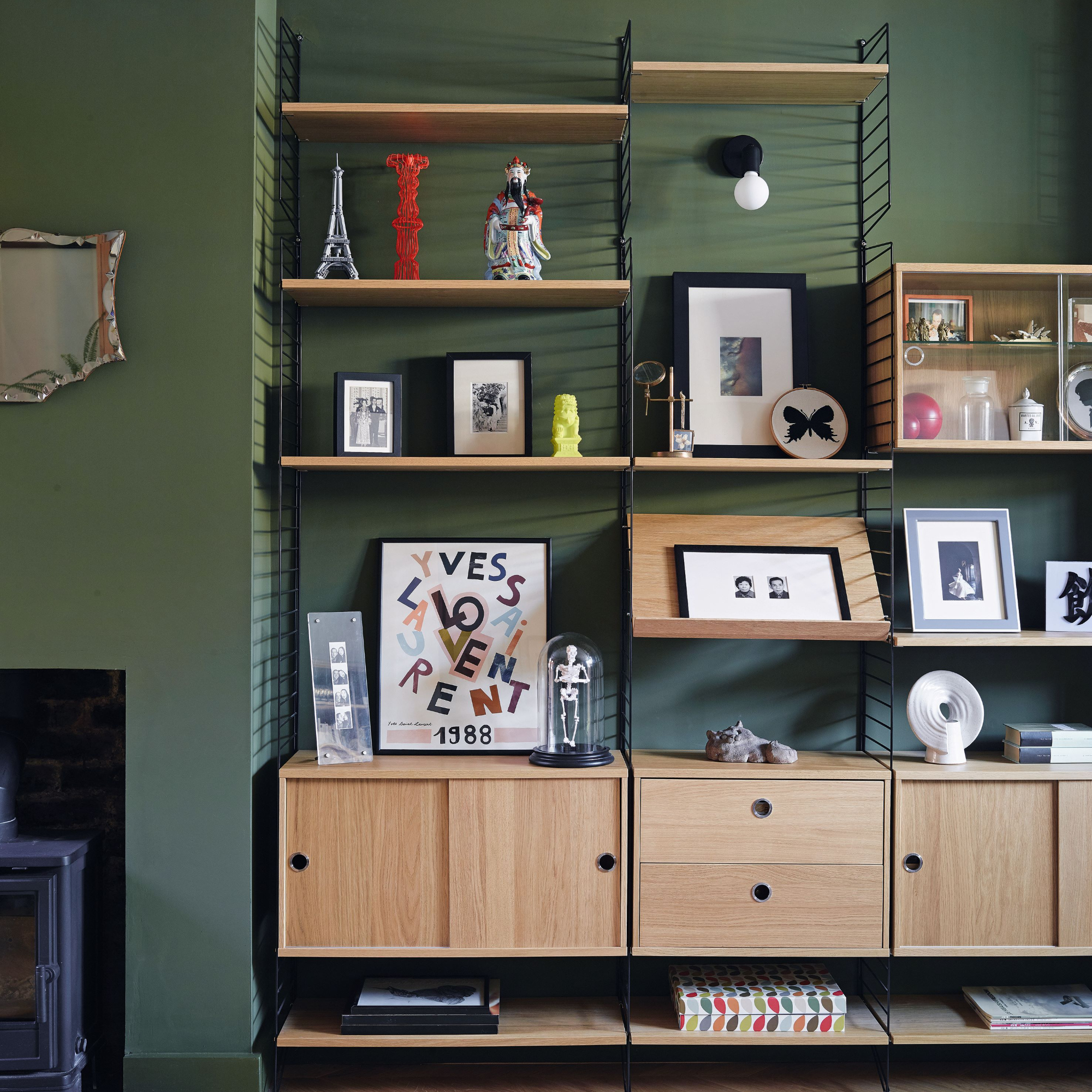
8. The move out method
Moving home is one of the most stressful events in anybody’s life, and a lot of the hassle comes from packing everything up. If you were to look around your home right now, how much of the excess stuff would you really want to cart to a new home? The move out method forces you to think about how important the clutter really is and if you’d bother taking it with you in a move. If the answer is no, why are you still holding on to it all?
Camilla from Essential Living explains that coming to terms with all the things you’d leave behind in a move can be daunting, so starting small can help. ‘Start by clearing out a drawer at a time. Once you get into the habit of ‘moving out’ regularly, it will stop feeling like such a huge chore and make your space less cluttered.'
8. Swedish art of Death Cleaning
Minimalism is at the core of Scandi style, so it only makes sense that decluttering is a way of life in Scandinavian countries. In particular, dö städning, the Swedish concept of ‘death cleaning’, is popular.
‘Death cleaning advocates thinking about your things not only in terms of how they make you feel, but also how they might make your loved ones feel once you’ve passed,' explains Catharina from Contura.
This means being honest with yourself about how much ‘stuff’ you really need to hold on to. ‘The idea is based on the need to change our approach to accumulating more and more stuff every year and at every stage in life,’ Catharina tells us.
‘Think of decluttering as a steady – sometimes even slow – process, rather than a quick blitz of your home followed immediately by the inevitable acquisition of more items.’

9. The Clutter Countdown
If you’re someone who enjoys setting yourself a target and a precise timeline, this decluttering method could be the one for you. Feng Shui expert Janine Lowe explains how it works, ‘This is a challenge for yourself and it really is fun, discarding one item on the first day and then two items on the second day, three items on third day etc. Do the challenge for 30 days.’
If you're not sure which method will work best for you, you can give them all a try which is what our team of editors regularly do. One method won't work for everyone so keep trying to see which fits in best with how you work.
10. The chaos method
The chaos method is not for the faint-hearted and isn’t your typical tidy-as-you-go approach. The idea is pulling everything out of your space and confronting the overwhelming jumble head-on –perfect if you thrive on creative chaos. it's a whirlwind of intentional mess before ultimate harmony.
As you sift through the piles, you’re forced to reassess every item, sparking a moment of truth: does it still have a purpose, or is it merely taking up space? By the end, you’re left with a space that’s not only free of clutter but also beautifully functional and tailored to your lifestyle. It’s bold, it’s messy, and it works.
11. The 'packing party' method
If you're feeling overwhelmed by the idea of tidying up your space, the packing party method is a great option. Think of it as a fresh start: you pack up all of your things into boxes labelled by category. Think of it as if you’re moving house. Over the next few weeks, only unpack the items you truly need or love.
Everything else stays boxed up, waiting for a second look – or better yet, a trip to the charity shop. It’s a brilliant way to rethink your relationship with your possessions and rediscover what really adds value to your life. Plus, the visual of tidy, labelled boxes can be surprisingly motivating.

12. The 'didn't know' method
The 'didn't know' method offers a surprisingly liberating perspective. It’s simple: as you sort through your belongings, ask yourself, "If I didn’t know I owned this, would I miss it?"
This mindset cuts through the emotional attachment we often place on items and makes you think about what truly adds value to your space. A lot of the time we hold onto things out of habit or guilt, but if their absence wouldn’t leave a noticeable gap in your life, it's time to let them go. However, you have to be decisive and that means no overthinking or regrets.
13. The 333 method
Created by Courtney Carver, this clever concept challenges you to curate just 33 items of clothing, accessories, and shoes to wear for three months.
If, like us, you find it hard to declutter your wardrobe over anywhere else in your home, the ruthless Project 333 method will help create a carefully edited collection of pieces you genuinely love, while saying goodbye to the guilt of unworn items. Think of it like the ultimate capsule wardrobe.
By simplifying and limiting your choices, you’ll not only streamline your mornings but also create more space for the things that truly matter.
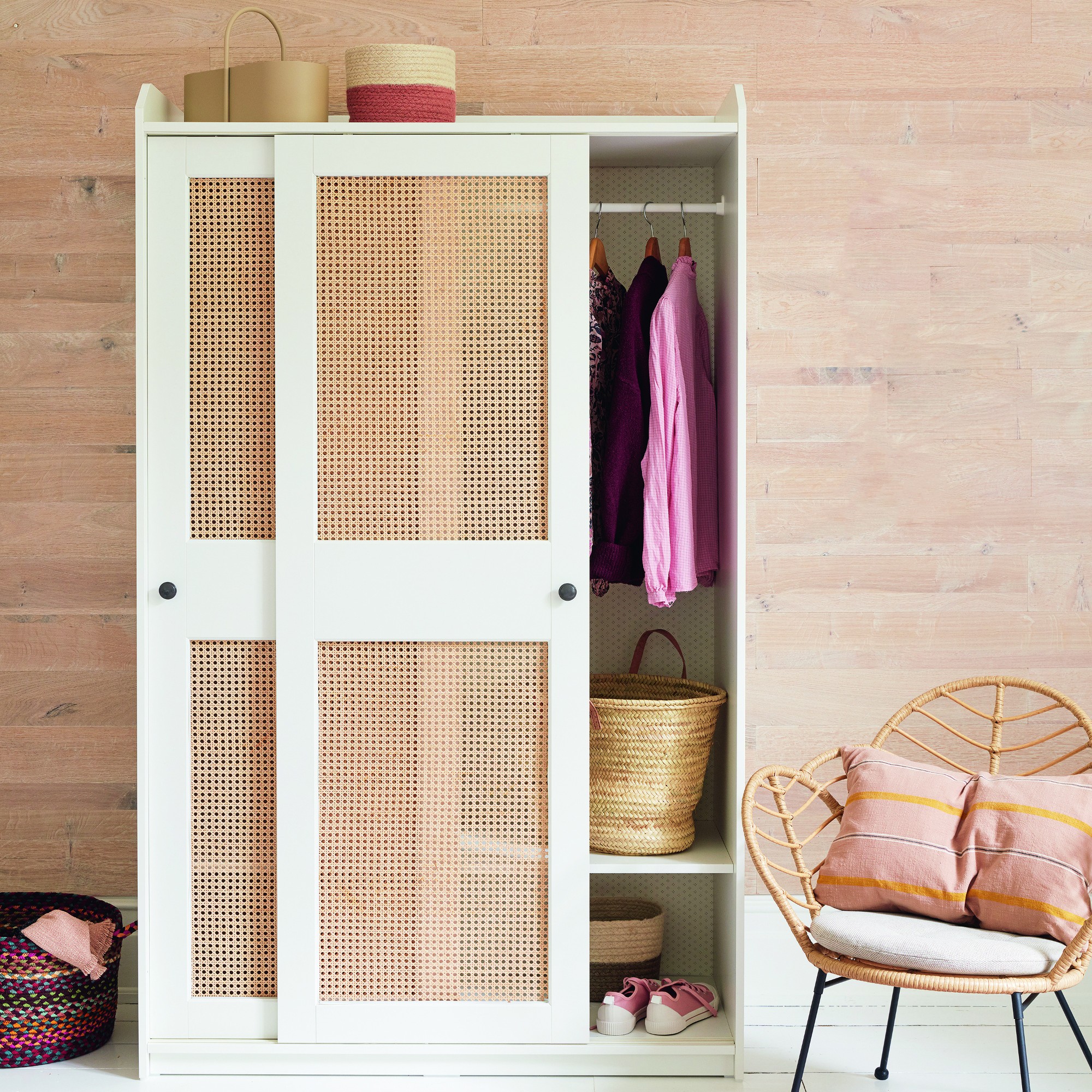
14. The 1-3-5 method
Think of the 1-3-5 decluttering method as your daily plan for progress: you tackle one big task, three medium ones, and five smaller jobs.
Whether it’s clearing out the junk drawer, finally sorting the spare room, or tidying up the bookshelves, this method keeps you focused and productive over a long period of time and will help to minimise any sense of overwhelm.
15. The delivery box decluttering method
The delivery box decluttering method starts with a sturdy delivery box – one leftover from your online shopping sprees. Designate it as your temporary decluttering companion and as you tackle a room, quickly gather items that don’t belong or haven’t found a proper home and pop them into the box.
Once the space is cleared, take a moment to reassess each item: does it serve a purpose, or belong elsewhere in the house? If not, it’s time to part ways.
And, if you're trying to figure out which decluttering method to choose, remember it’s about finding a strategy that fits your lifestyle, so you can let go of what no longer serves you and create room for the things you actually find useful, easily and sustainably.

Jenny is Senior Digital Editor and joined the team in 2021, working across Ideal Home, Real Homes, Homes & Gardens, Livingetc and Gardeningetc. Since getting on the property ladder, her passion for interior design and gardening has taken on a new lease of life. She loves collecting and salvaging unique items (much to her other half's despair) but sniffing out stylish home bargains is her one true love.
- Emma RinaldiContributor
